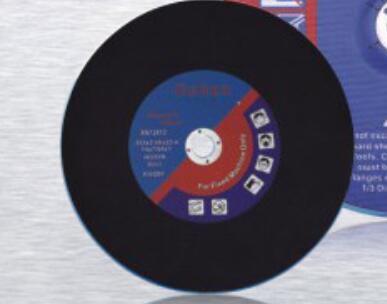
Grinding wheel is a tool with a large amount and a wide range of use in abrasive tools. In the continuous grinding, because the grinding wheel itself wears, the state of its working surface is constantly changing, and its cutting ability will decline over time, and the grinding process cannot be carried out. Today we will introduce the reasons that cause the grinding wheel to wear.
1. Abrasive wear
When the abrasive particles are severely worn, an obvious wear plane will appear on the top surface of the abrasive particles, and the total wear area of the cutting edge will increase, resulting in serious wear. At this time, the cutting edge is difficult to cut into the surface of the workpiece.
2. Oxidative wear
Although oxide abrasives are relatively stable at room temperature, other abrasives may oxidize on their surface at high temperatures, causing grinding wheels to wear.
3, plastic wear
Under the influence of high-temperature grinding, the abrasive grains are worn out due to the deformation of their properties. Plastic wear is mainly related to the thermal hardness of the workpiece material.
4. Diffusion wear
Diffusion wear means that when the abrasive particles and the material to be ground are in contact at high temperatures, the elements of the grinding wheel diffuse each other, which causes the surface layer of the abrasive particles to weaken and cause wear.
The above are several common causes of grinding wheel wear. It can be seen that due to different workpiece materials, grinding conditions, and abrasives, the causes of grinding wheel wear are also different.